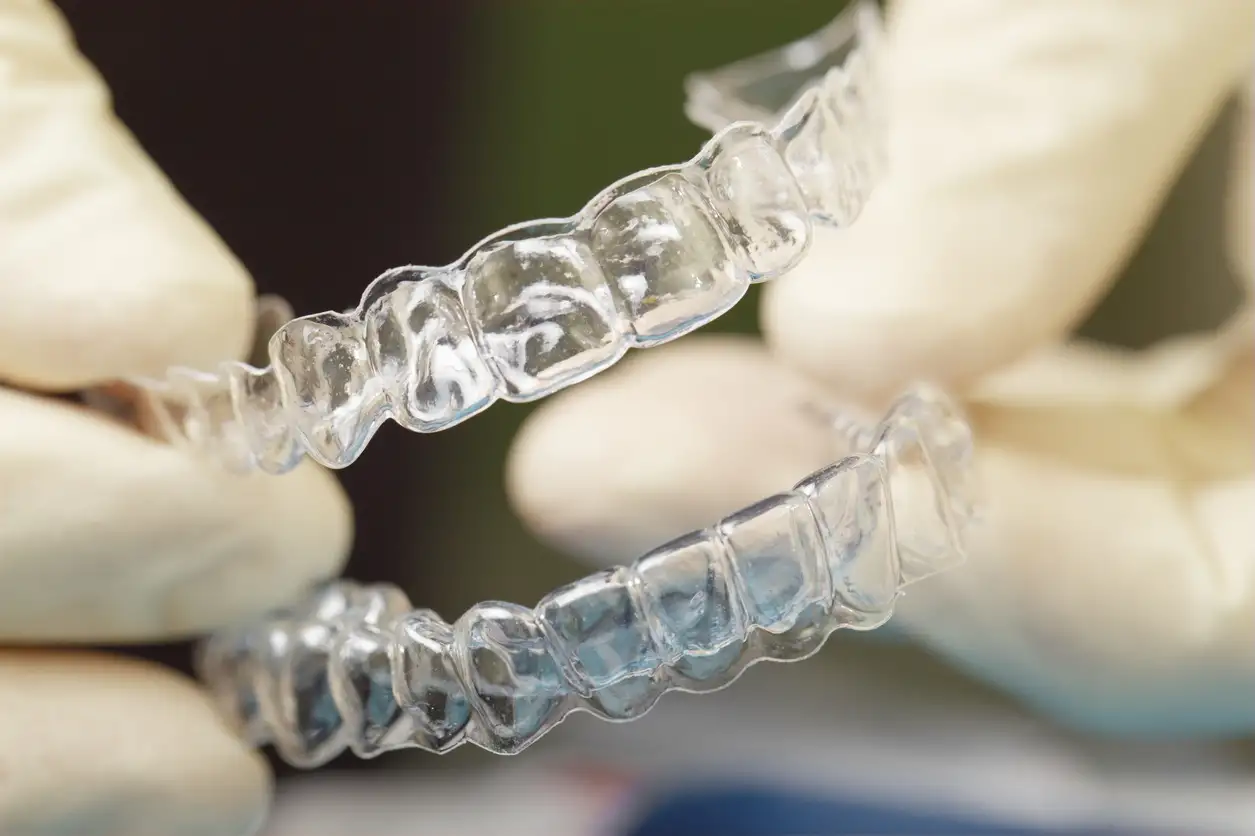Your Guide to Braces at Every Age—From Kids to Adults
Dental braces have evolved from being primarily associated with teenagers to becoming a common orthodontic solution for people of all ages. Today, options range from traditional metal braces to nearly invisible alternatives, making orthodontic treatment more accessible and appealing. Whether you're considering braces for your child, yourself as an adult, or simply exploring options, understanding the types, costs, and considerations for different age groups can help you make informed decisions about achieving that perfect smile.

When Should Children First See an Orthodontist?
Most dental professionals recommend that children have their first orthodontic evaluation around age 7. At this stage, the mouth is developing and permanent teeth are beginning to emerge, making it an ideal time to detect potential issues. Early intervention, sometimes called Phase 1 treatment, doesn’t always mean immediate braces. Instead, orthodontists can identify developing problems like crowding, spacing issues, or bite misalignments that might require monitoring or preliminary treatment. Early assessment allows orthodontists to guide jaw growth, create space for incoming permanent teeth, and potentially reduce the need for tooth extraction or more invasive procedures later.
What Types of Dental Braces Work Best for Teenagers?
Adolescence remains the most common time for orthodontic treatment, typically between ages 11 and 16. During this period, most permanent teeth have erupted, but the jaw is still growing, making it responsive to repositioning. Traditional metal braces are often recommended for teenagers with complex alignment issues, as they provide precise control for orthodontists. However, today’s teens have more options than previous generations. Ceramic braces offer a less visible alternative with tooth-colored or clear brackets. Clear aligners like Invisalign Teen provide an almost invisible option for less severe cases, with special features like compliance indicators to ensure proper usage. For image-conscious teens, lingual braces—placed behind the teeth—offer effective treatment without visible hardware.
How Do Adult Braces Differ from Children’s Options?
Adult orthodontic treatment has surged in popularity, with one in five orthodontic patients now over age 18. The fundamental process of moving teeth remains the same regardless of age, but adult treatment often presents unique considerations. Since adult jaws have stopped growing, some severe misalignments might require surgical intervention alongside braces. Adults are also more prone to periodontal (gum) disease, requiring careful monitoring during treatment. The social and professional concerns of adults have driven demand for less conspicuous options like ceramic braces, lingual braces, and clear aligners. Treatment time for adults typically ranges from 18 months to 3 years—sometimes longer than for adolescents—as adult teeth generally move more slowly.
What Are the Advantages of Invisible Braces?
Invisible braces have revolutionized orthodontic treatment, offering aesthetic and lifestyle benefits that traditional braces cannot match. Clear aligner systems like Invisalign consist of custom-made, transparent trays that gradually shift teeth into position. Their removable nature allows for normal eating and drinking without food restrictions, along with easier brushing and flossing for better oral hygiene during treatment. Comfort is another significant advantage, as invisible aligners lack the metal brackets and wires that can irritate cheeks and gums. Digital planning technology allows patients to preview their expected results before committing to treatment. While invisible braces work excellently for mild to moderate alignment issues, they may not be suitable for severe cases requiring precise tooth movement.
How Should You Care for Dental Splints and Retainers?
After completing orthodontic treatment, retainers and dental splints become crucial for maintaining results. Retainers prevent teeth from shifting back to their original positions—a process called relapse that can happen regardless of age. Daily cleaning is essential for both fixed and removable retainers. Soaking removable appliances in denture cleaner or a vinegar-water solution helps eliminate bacteria and prevents odors. Avoid using hot water, which can warp plastic components. Night guards and dental splints, often prescribed for teeth grinding or TMJ disorders, require similar maintenance. Most orthodontists recommend wearing retainers full-time initially, then transitioning to nighttime wear. With proper care, high-quality retainers can last several years before needing replacement.
What Are the Real Costs of Different Types of Braces?
The cost of orthodontic treatment varies significantly based on treatment type, complexity, geographic location, and provider experience. Traditional metal braces typically range from $3,000 to $7,000 for a complete treatment. Ceramic braces, offering a more aesthetic option with tooth-colored brackets, generally cost between $4,000 and $8,000. Lingual braces, placed behind the teeth, represent the highest-cost option at $8,000 to $12,000 due to their customization and technical difficulty. Clear aligner systems like Invisalign average $4,000 to $7,500 for full treatment, with limited-treatment options available at lower costs.
| Braces Type | Average Cost Range | Treatment Duration | Best For |
|---|---|---|---|
| Traditional Metal | $3,000-$7,000 | 18-36 months | Complex cases, children, teenagers |
| Ceramic | $4,000-$8,000 | 18-36 months | Those wanting less visible braces |
| Lingual | $8,000-$12,000 | 18-36 months | Adults seeking invisible treatment for complex cases |
| Clear Aligners | $4,000-$7,500 | 12-24 months | Mild to moderate cases, appearance-conscious patients |
| Self-Ligating | $3,500-$8,000 | 12-24 months | Those seeking potentially faster treatment |
Prices, rates, or cost estimates mentioned in this article are based on the latest available information but may change over time. Independent research is advised before making financial decisions.
Many dental insurance plans cover a portion of orthodontic treatment, typically 50% up to a lifetime maximum of $1,500 to $3,000. Flexible spending accounts (FSAs) and health savings accounts (HSAs) can also be used to pay for orthodontic treatment with pre-tax dollars. Most orthodontists offer payment plans to spread costs over the treatment period, making braces more affordable for many families.
Is It Ever Too Late for Dental Braces?
The simple answer is no—it’s never too late to pursue orthodontic treatment. With modern advances in orthodontic technology, adults well into their 60s and beyond can successfully undergo treatment. The biological process of tooth movement works at any age, though treatment may progress more slowly in older adults. Senior patients should undergo thorough periodontal evaluation before starting orthodontics, as gum health becomes increasingly important with age. The psychological and social benefits of improved smile aesthetics can be significant for older adults, contributing to self-confidence and quality of life. While treatment time might be longer, the results can be just as satisfying and long-lasting as those achieved in younger patients.
This article is for informational purposes only and should not be considered medical advice. Please consult a qualified healthcare professional for personalized guidance and treatment.




